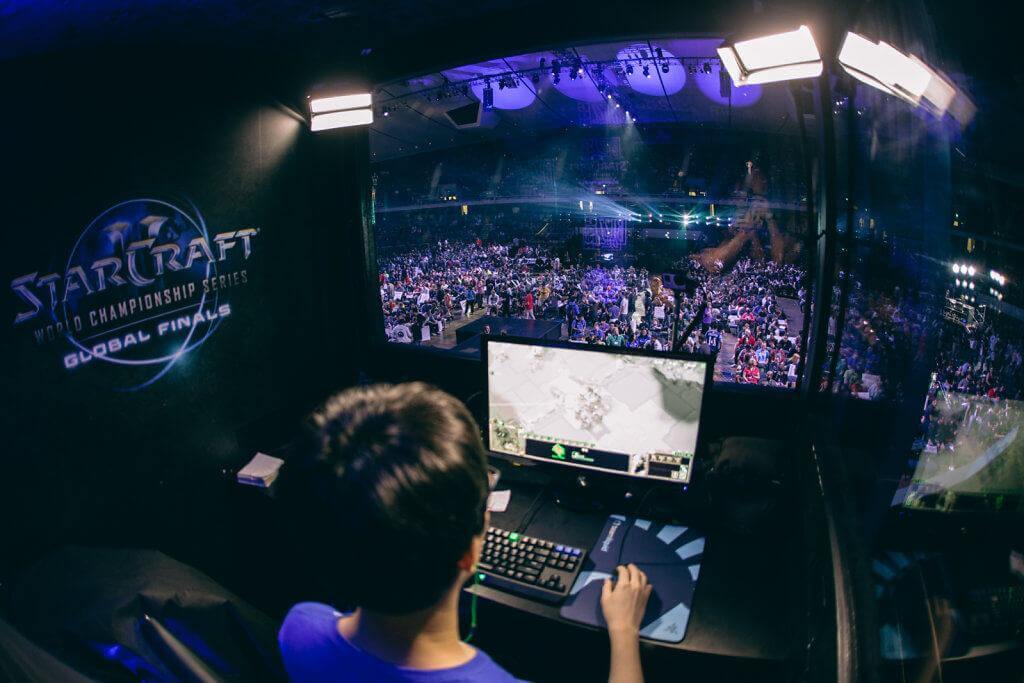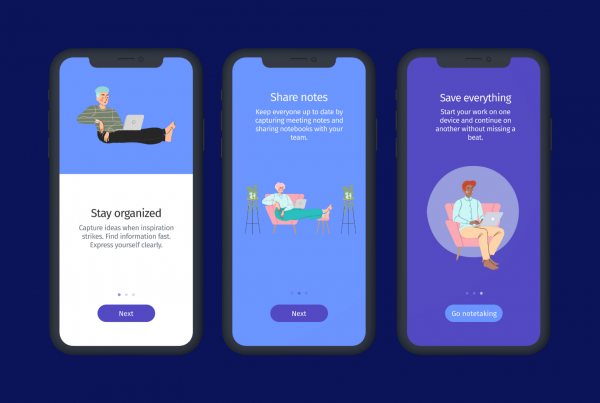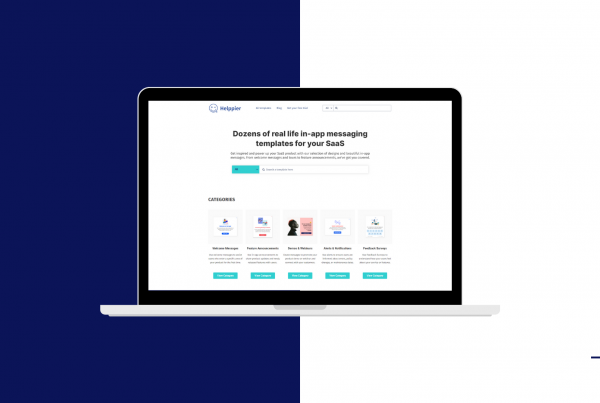This article was originally published in July 2016 but updated in May 2020.
Video game developers and designers have always been experts in User Onboarding and we didn’t even realize it!
Developing successful video games is much more than just software. It’s about creating a process of onboarding so well-thought that will make users fall in love from the moment they sign up.
The onboarding phase is indeed complex and time-consuming but it’s the most important phase for a gamer. It’s the first contact between the player and the game. It’s the moment when users learn how the game works. If users don’t understand the goals or how to play it, the possibility of them playing it is very low.
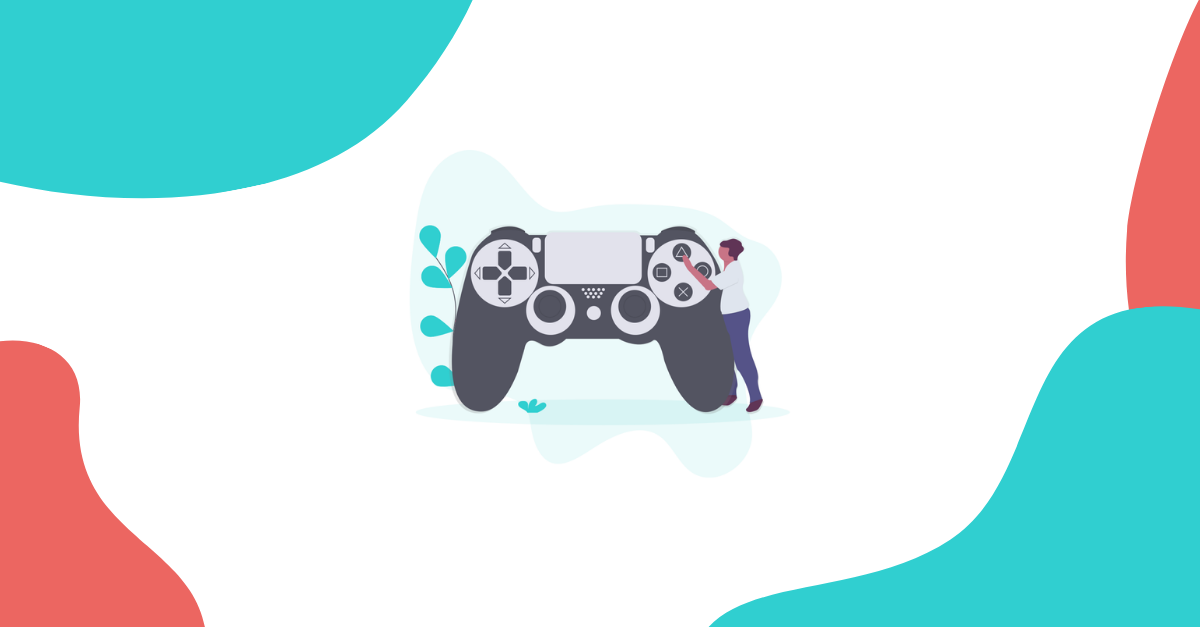
So what can we learn about User Onboarding from our experience in video games?
They allow creating an identity
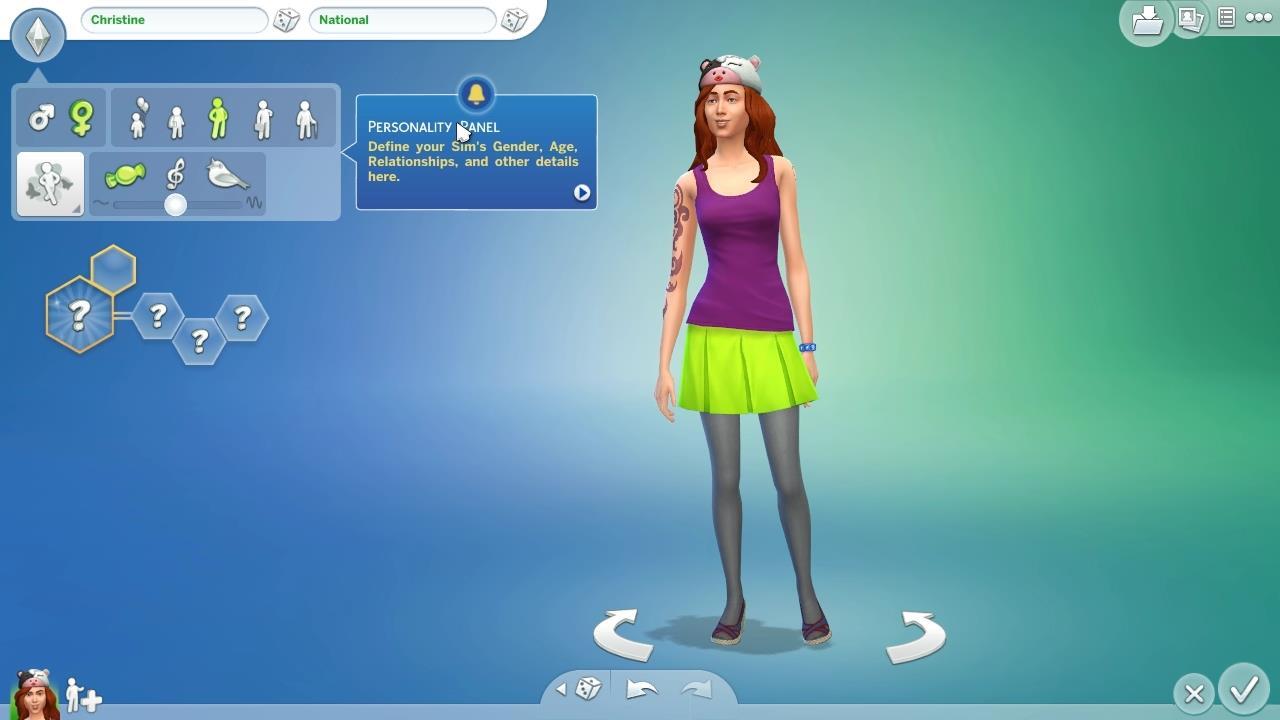
Like music, movies, and art, video games also influence players on an emotional and psychological level. Such digital worlds allow users to take decisions by themselves, create different personalities, and even explore new behaviors.
In other words, when you play video games, most of them allow you to create a profile, character and choose your own way to do things, giving a great sense of freedom as you can do whatever you want in that specific world. That’s a memorable part of video game onboarding.
This may look inspiring but this is actually a great user onboarding strategy. To give users the possibility to create an identity and, in many cases, a character affects the user psychologically. Just think about it, if you spend 2 or 3 hours creating a character you might as well try the game.
Like in real life, usually when you put a bit of effort into things you are more likely to enjoy it. In industries such as e-commerce and software, for example, onboarding should help the user create a profile, upload a picture, and add personal information as it helps retain users to that service.
They guide users interactively
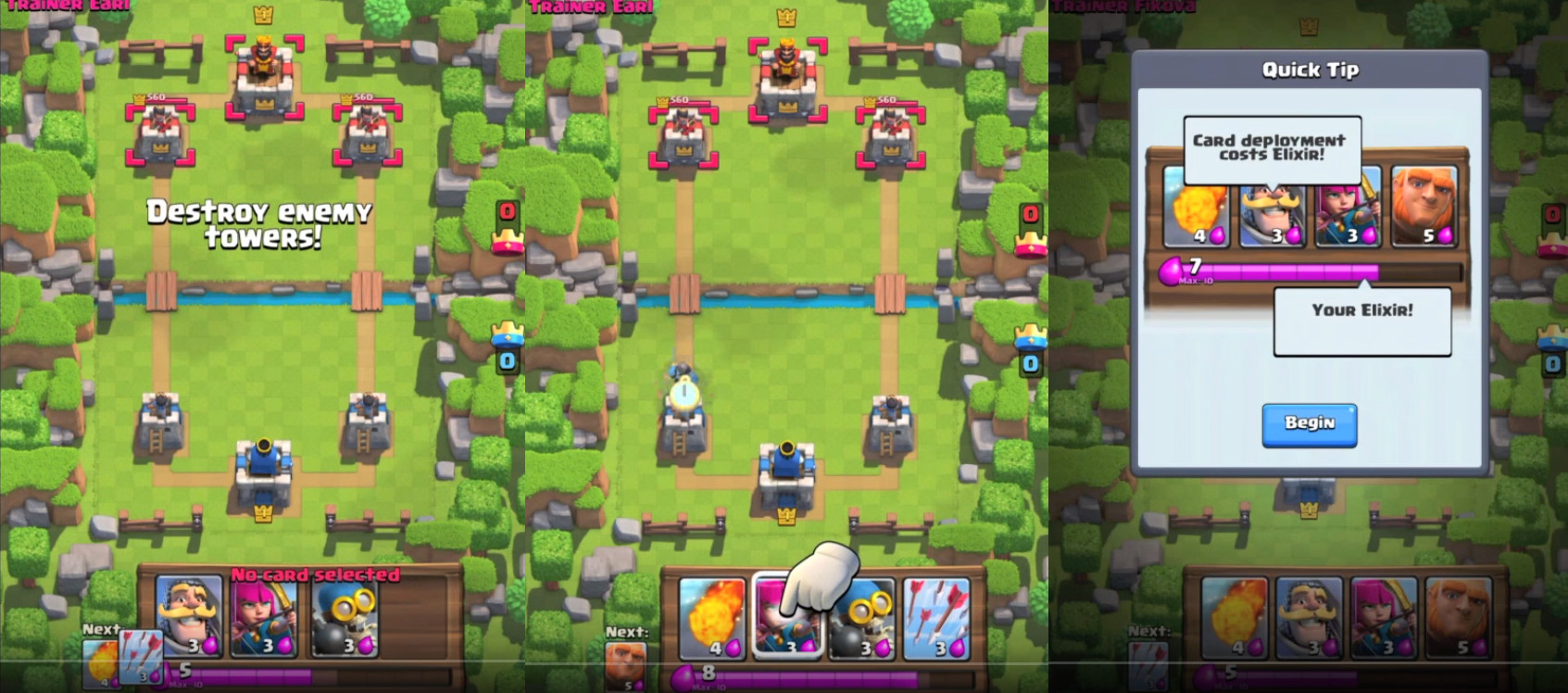
One of the most important lessons we can take from Video Games is: you can only learn by playing it. Actually, recent research about the most important factors when playing video games, showed that the game being simple to learn and play is the second most important factor, only behind the game performance. That’s why game designers provide users the opportunity to practice basic movements in a first experience.
They can introduce it through a tutorial, where the user is guided step by step while playing a match, taking as example successful games like Overwatch, League of Legends, and the mobile game Clash Royale. Some games introduce tutorials automatically when they recognize a first time user, and others just have this option available and it’s up to the user to decide if he/she wants to take it.
Another great strategy is to create a basic level that is perfectly designed for the player to try off control buttons and get to know the game, like the case of Super Mario Bros. To guide interactively is an easy and effective way to onboard new users because they are learning and having fun at the same time.
“Once the player realizes what they need to do, it becomes their game.” – Shigeru Miyamoto
Tutorials are a great way to help users get started, and not just in video games. Web applications like Dropbox and Slack introduce interactive tours to users that login for the first time. Helppier, for example, allows you to quickly create tutorials on top of your website or web application and also export to videos. This way, you can onboard new users faster and teach them how to perform tasks online in a more visual and interactive way than boring FAQs.
They motivate users through rewards
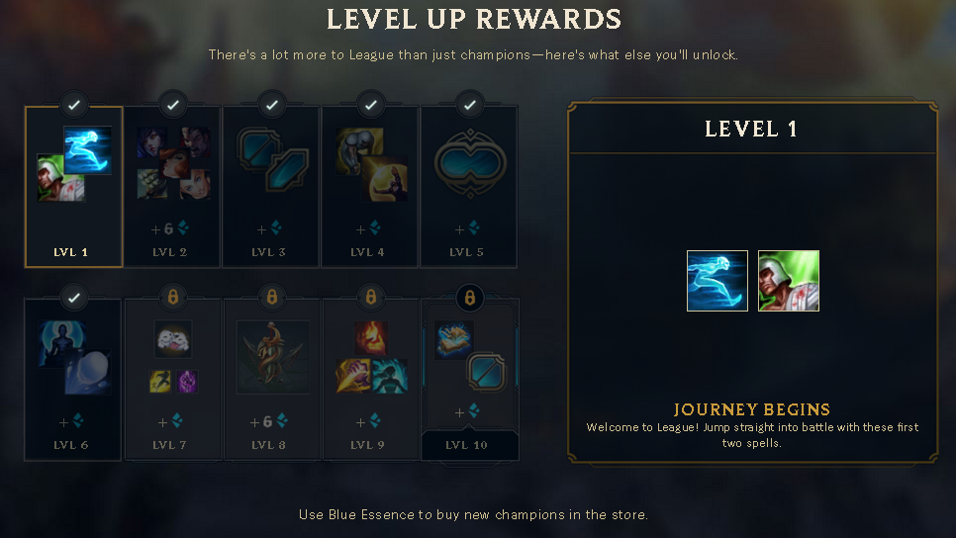
Like in real life, everyone likes to be rewarded for what they do. What’s the point of doing something that doesn’t pay off? What do I gain with this? The same happens when you play video games. Game developers need to remind users that they are not wasting their time, well at least right away.
Introducing early win states increases motivation. It makes users feel that they are doing well and, therefore, they should keep ongoing. “Wow, I just got a new armor for completing this mission? Awesome! Let’s roll.” Offering a reward system is a great way of onboarding because users will want to come back and explore a little bit more.
In a previous article, we mentioned that one of the biggest mistakes companies make is not celebrating the user’s success in the onboarding phase. Using tools like Helppier, you can trigger a fun popup message to appear when the user clicks on a specific button or enters a specific page. Just like in video games, this is a great way to engage users and make them feel rewarded by using your service.
They introduce scarcity and difficulty
If you want to build the perfect onboarding strategy, this aspect has to be well done. At this point in the onboarding phase, it’s no longer about making users understand your product but making them hooked. Creating a video game that is able to capture the user’s attention to the point they come back at it by habit.
As human beings, we are ambitious and like to put up a good fight. We don’t like easy things. For that reason, video games often introduce scarcity, this means, making the user feel that he needs to go further in the game to get something that isn’t available at the current level.
The need to complete or need to do is one of the most powerful strategies of onboarding because it creates a sense of responsibility towards your app. The user will feel that he/she needs to get things done and complete every mission.
Besides scarcity, video games introduce difficulty as it goes by and it’s obvious why it’s important. People will get tired of your game if everything seems too easy. Create some powerful and tricky bosses that will make users crazy when they lose 5 times in a row… As soon as they get it, they will be amazed.
To conclude
Video games are a great example of why user onboarding is so important. If users don’t understand how a product or game works, they won’t be able to see value in it.
Game designers work hard to make the first contact as simple and intuitive as possible, creating a great onboarding experience through gamification. It’s necessary to cause a good first impression and make everything clear to help the player understand how it works from the start.
Video games make learning a fun part of the game. They celebrate every victory with the users and make them feel like they need to keep playing. And that’s how any onboarding process should be: fun and engaging enough to keep users coming back.
Top photography by Robert Paul
